
Tongli lignite dryer adopts advanced drying technology and is specially designed for processing high-humidity lignite. The equipment effectively improves the calorific value and combustion efficiency of lignite by reducing the moisture content from 30-40% to 10-15%, and is widely used in power, chemical and other industries. In the context of tight coal resources, lignite dryer has become an important tool to improve the utilization rate of lignite. Its energy consumption is lower than that of traditional equipment, suitable for large-scale production, and ensures both economic and environmental benefits.
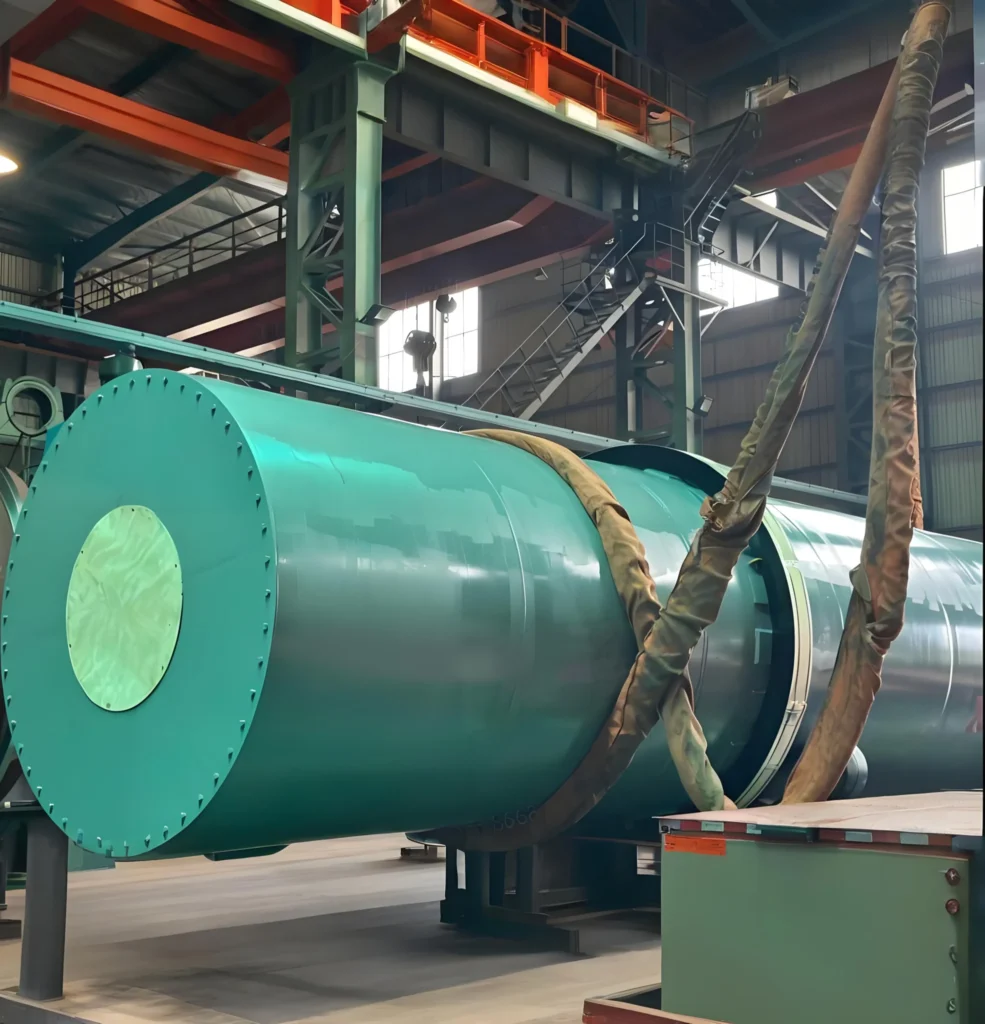
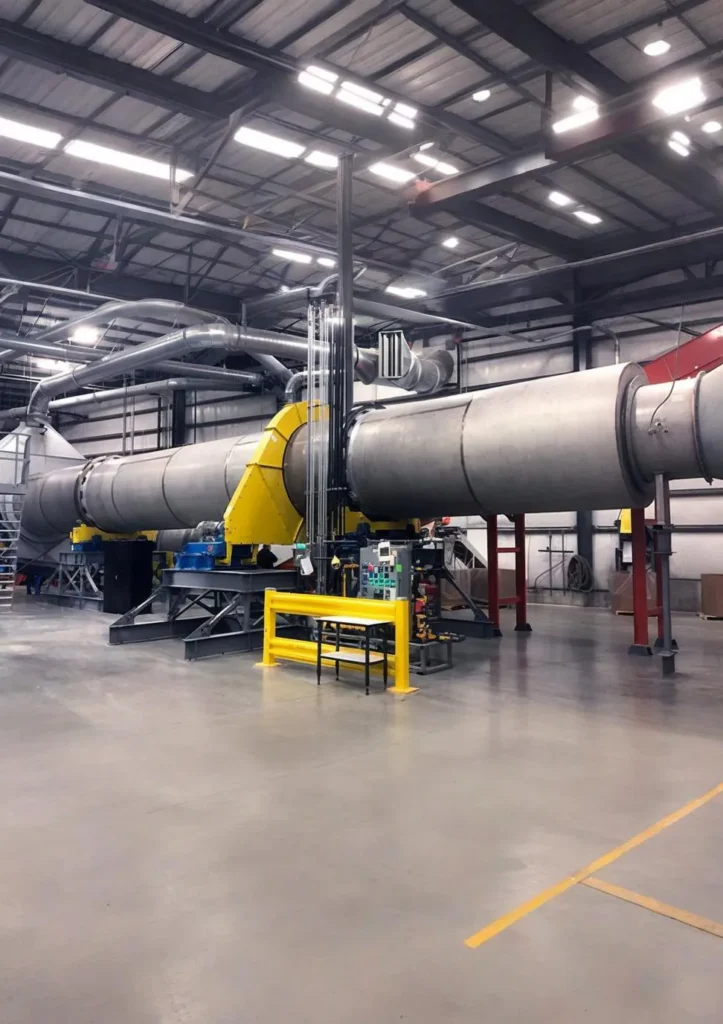
Efficient lignite Drying Solution
A MACHINE YOU CAN DEPEND ON!
Tongli lignite dryer adopts multi-stage breaking device and double-layer heat exchange technology, deep dehydration, increase calorific value by more than 30%, ensure uniform drying and combustion efficiency.
The lignite dryer has excellent overload resistance and can process 500-3000 tons/day, meeting the needs of large-scale industrial production. The equipment is designed to be stable and durable, suitable for continuous high-load operation, ensuring efficient performance in various coal drying operations. This large-capacity equipment is particularly suitable for industries that need to quickly process large amounts of wet lignite.
The lignite dryer supports PLC automatic temperature control system, which is easy to operate and 2-3 people can complete the entire production line operation. It has stable operation, can work 24 hours a day without interruption, has low maintenance cost, and is suitable for drying a variety of coal materials, such as raw coal, clean coal and bituminous coal. The product particle size and moisture content are controllable to meet different industrial needs.
The equipment adopts a downstream drying method, with high-temperature flue gas and wet materials entering from the same side, which improves the thermal energy utilization rate and evaporation intensity. The low outlet temperature further improves the thermal efficiency of the drying process and significantly saves energy. The new feeding and discharging device solves the problems of blockage and return of traditional equipment, ensuring stable production.
| Product Specifications (m) | Capacity (t/h) | Motor Model: | Gearbox Model | Input Moisture (%) | Fuel Coal Calorific Value (kcal) | Output Moisture (%) |
| φ1.2x10 | 2.5-3 | M160M-6 → 7.5 | ZQ350Ⅱ-25 | 25±5 | ≥5500 | ≤13 |
| φ1.5x14 | 7-9 | Y180L-6 → 15 | ZQ400Ⅱ-31.5 | 25±5 | ≥5500 | ≤13 |
| φ1.5x18 | 9.5-12 | Y180L-6 → 15 | ZQ400Ⅱ-31.5 | 27±5 | ≥5500 | ≤13 |
| φ1.8x14 | 12-15 | Y200L-6 → 18.5 | ZQ400Ⅱ-31.5 | 25±5 | ≥5500 | ≤13 |
| φ1.8x18 | 14-18 | Y200L1-6 → 18.5 | ZQ400Ⅱ-31.5 | 27±5 | ≥5500 | ≤13 |
| φ2.0x18 | 18-22 | Y200L2-6 → 22 | ZQ50Ⅱ-31.5 | 25±5 | ≥5500 | ≤13 |
| φ2.0x20 | 18-23 | Y200L2-6 → 22 | ZQ50Ⅱ-31.5 | 30±5 | ≥5500 | ≤13 |
| φ2.2x18 | 21-25 | Y200L2-6 → 22 | ZQ65Ⅱ-31.5 | 27±5 | ≥5500 | ≤13 |
| φ2.2x20 | 22-25 | Y225M-6 → 30 | ZQ65Ⅱ-31.5 | 30±5 | ≥5500 | ≤13 |
| φ2.4x20 | 25-29 | Y225M-6 → 30 | ZQ75Ⅱ-31.5 | 27±5 | ≥5500 | ≤13 |
| φ2.4x22 | 26-30 | Y225M-6 → 30 | ZQ75Ⅱ-31.5 | 30±5 | ≥5500 | ≤13 |
| φ2.6x20 | 28-33 | Y250M-6 → 37 | ZQ85Ⅱ-31.5 | 25±5 | ≥5500 | ≤13 |
| φ2.6x24 | 29-35 | Y250M-6 → 37 | ZQ85Ⅱ-31.5 | 30±5 | ≥5500 | ≤13 |
| φ3.0x20 | 45-50 | Y280S-6 → 45 | ZQ100Ⅱ-31.5 | 25±5 | ≥5500 | ≤13 |
In terms of efficiency, lignite dryer is designed for processing high-humidity and high-viscosity materials. It adopts three-drum rotary drying method to keep the materials in the dryer for a longer time, so that the drying is more thorough. Compared with the old single-drum dryer, lignite dryer has a faster processing speed and 20% to 30% higher efficiency. For example, a medium-sized lignite dryer can process 200 to 300 tons of materials per day, while the traditional dryer of the same specification can only process 150 to 200 tons.
In terms of energy saving, lignite dryer introduces power-saving hot air furnace and heat recovery technology to greatly improve energy utilization efficiency. Traditional dryers waste a lot of heat during the heating process, while lignite dryers significantly reduce heat loss by optimizing airflow and material transmission routes. Specifically, lignite dryer consumes about 80 to 100 kWh of electricity for every ton of coal processed, while the old dryer requires 120 to 150 kWh of electricity, and the power saving effect is very obvious.
In terms of applicability, lignite dryers are more suitable for processing materials such as lignite with high moisture content and high viscosity. Ordinary dryers are suitable for drying granular, blocky or low-moisture materials. When processing high-humidity materials, they are prone to uneven drying or material adhesion. The lignite dryer has a special anti-adhesion design, which effectively prevents materials from clogging the machine or adhering to the equipment.
Adjust operating parameters: The operating parameters must be adjusted appropriately so that lignite can dry quickly. The rotation speed, feeding speed and hot air temperature of the dryer can be adjusted to allow the material to contact the hot air more fully and dry faster. For example, the feeding speed is generally controlled at 3-5 tons/hour, and the hot air temperature is between 600-800℃, so that the material can be evenly heated in a short time.
Secondly, upgrade the equipment: the drying efficiency can be improved by using efficient heat sources and energy-saving systems. Now many manufacturers have begun to use new high-efficiency burners and intelligent temperature control systems. These technologies can make better use of heat energy and save a lot of energy. For example, using the latest hot air furnace technology, the combustion efficiency can be increased by 10%-15%, and the energy consumption will naturally decrease. In addition, installing an automatic control system can monitor the equipment status in real time, reduce failures, and make the equipment last longer.
Finally, use a multi-stage drying system: For materials with high moisture content, single-stage drying may not be enough. With a multi-stage drying system, the moisture can be evaporated little by little in stages to avoid the material being hardened by heat at the beginning. For example, the surface moisture can be evaporated at a low temperature first, and then the internal moisture can be thoroughly dried at a high temperature. This not only dries faster, but also has better final product quality.
Small drying equipment is suitable for processing 10 to 30 tons of lignite, medium-sized equipment can process 100 to 300 tons, and large equipment can process 500 to 1,000 tons. Choosing the right equipment model according to actual production needs can effectively improve production efficiency and avoid overinvestment.
Secondly, the characteristics of the raw materials are also an important basis for selecting equipment. Lignite usually contains high moisture and a certain degree of viscosity, which requires the drying equipment to adapt to these characteristics.
For example, a three-drum dryer performs well when processing high-humidity materials because it can extend the residence time of the material in the equipment and improve the drying effect. In addition, ensuring that the equipment has an anti-sticking design can prevent the material from clogging during the drying process.
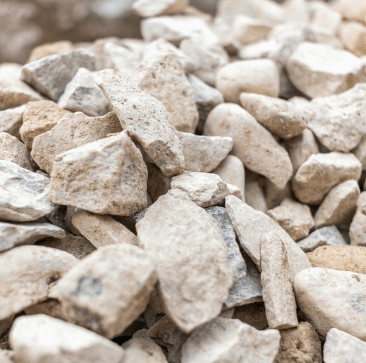
The dryer efficiently processes lignite coal, reducing moisture to enhance its heating value for power generation and industrial use

Ideal for drying brown coal, this dryer lowers moisture content, improving its combustion efficiency for energy production and other applications
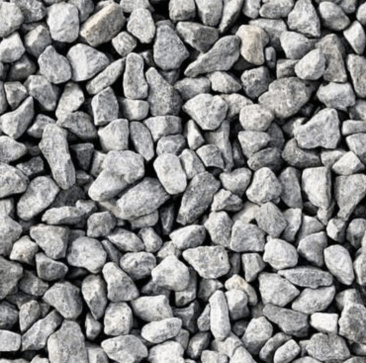
The dryer handles lignite sludge, reducing moisture to ensure proper disposal or further use in the production of coal briquettes
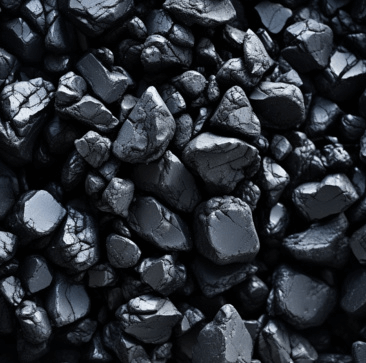
Suitable for drying coal fines, the dryer minimizes moisture content, making it easier to transport, store, and use for energy production
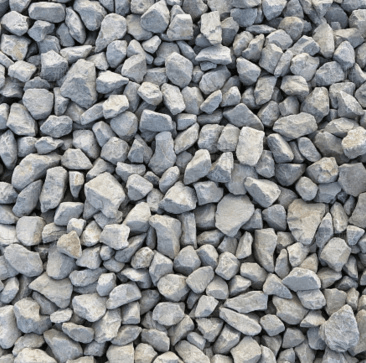
The dryer processes peat, a low-moisture fuel, enhancing its drying process to improve storage, transport, and energy content

The dryer is effective for drying biomass materials like wood chips and agricultural waste, preparing them for combustion or other energy uses
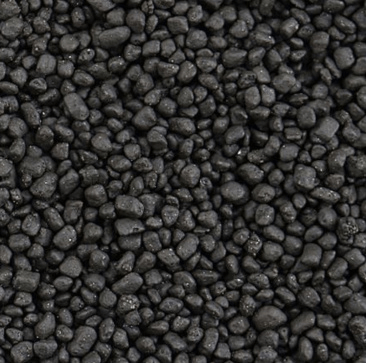
Efficient in drying lignite dust, the dryer reduces moisture to make the material suitable for use in energy generation and industrial processes
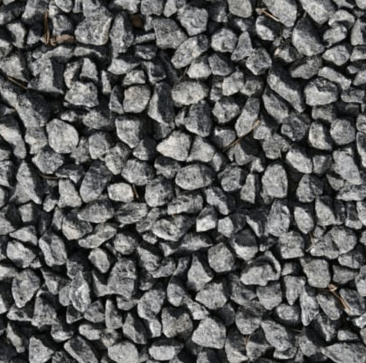
The dryer processes charcoal, lowering moisture levels to improve its performance as a fuel source in various applications, including metallurgy
You can get in touch with us through the following contact information
AddressNo. 2289 Huancheng South Road, Tongxiang, Jiaxing, Zhejiang Province, China. Zip code:314500
Please fill in the sales inquiry form and our sales representatives will be in touch shortly.